As Rajiv Bajaj took the stage to build the hype for the Pulsar 250 twins, all the eyes were glued to him. He took us on a trip down the memory lane and instigated all the memories we have of the most iconic motorcycle series this dear land has given birth to – The Pulsar. If we take a look at the last few years, the affordable performance motorcycle segment in India, a lot of players have managed to leave their mark. Except for the Pulsar series. Bajaj needed an all-new product to remind people that it has been one of the OGs of the game and that thought process has given birth to the new Pulsar 250 twins.
Pricing and colours
The Pulsar 250 can be had in two body styles – semi-faired that has been dubbed as the F250 and is priced at INR 1.40 Lakh ( ex-showroom ). On the other hand, you have the N250, which serves as F250’s compact, naked counterpart and will set you back by INR 1.38 Lakh ex-showroom. The Pulsar 250 twins can be had in two colour options: Techno Grey & Racing Red.
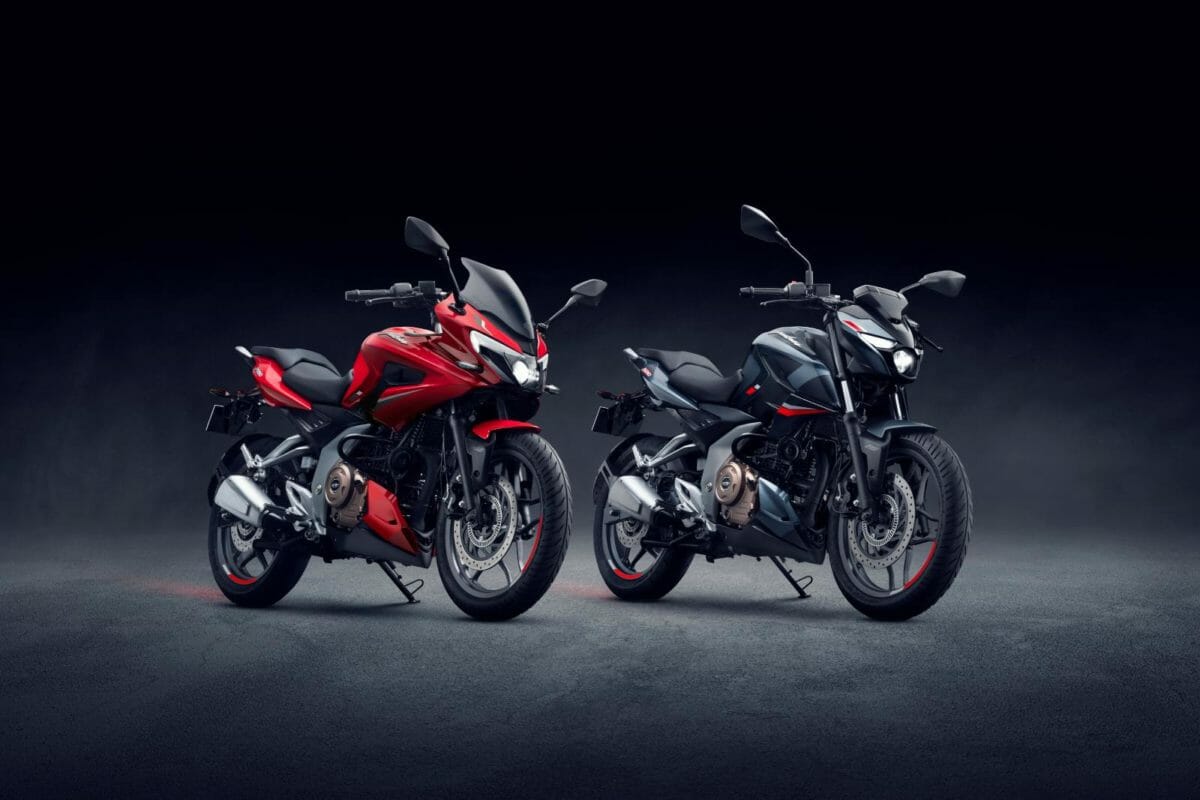
Design
When the first spy shots of the Pulsar F250 surfaced online, we knew that it was going to be the biggest Pulsar ever in terms of the overall design as well. And that has turned out to be true. Rather than being sharp as a knife, they are flowier. Upfront, the F250 gets a windscreen coupled with LED projector headlamps. The F250 also boasts of flanking reverse-boomerang LED DRLs. The N250, on the other hand, looks more ‘robotic’. Are we the only ones who noticed that N250’s front fascia looks heavily inspired by the MT-15?
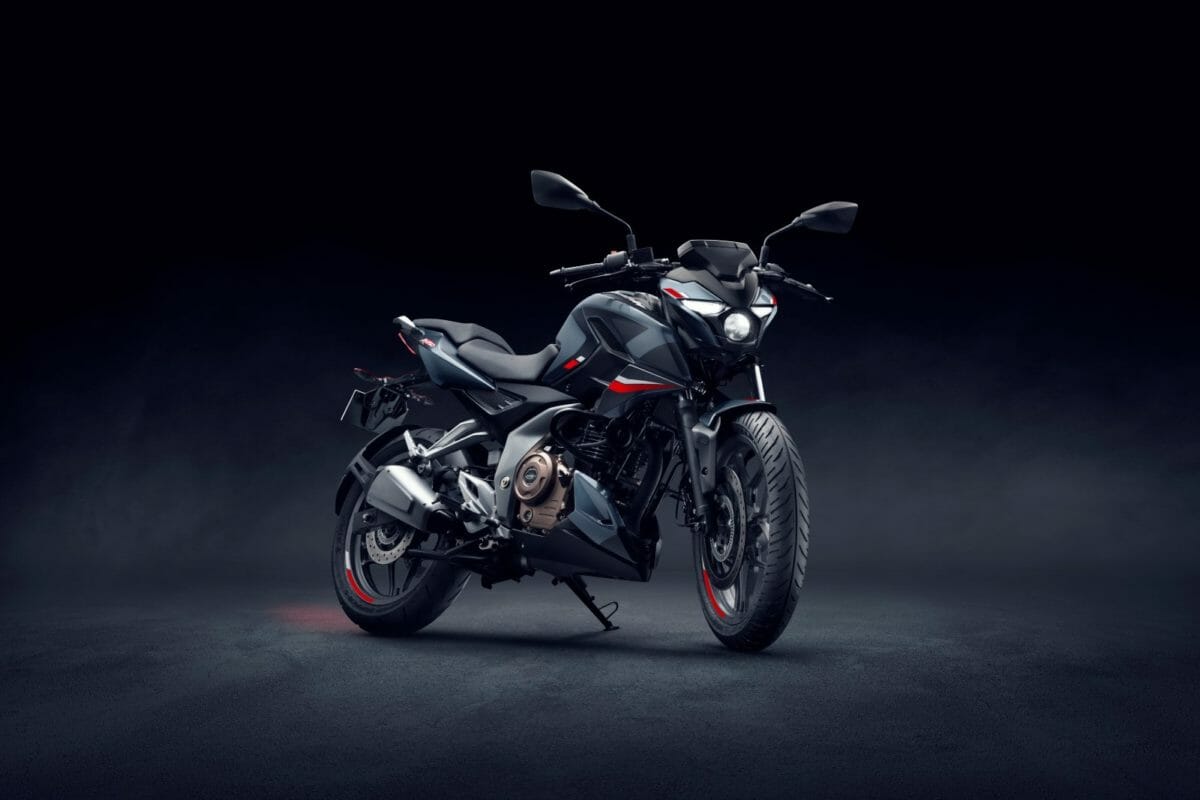
The 250 twins retain the same alloy wheel setup that we have already witnessed on the NS/RS200. The rear end too is unmistakably Pulsar while the exhaust unit is also borrowed from the RS200. But it looks bulkier and comes wrapped in a satin grey finish. The floating body panels such as the belly pan, front fairing, and front fender complete the imposing profile of the new Pulsar.
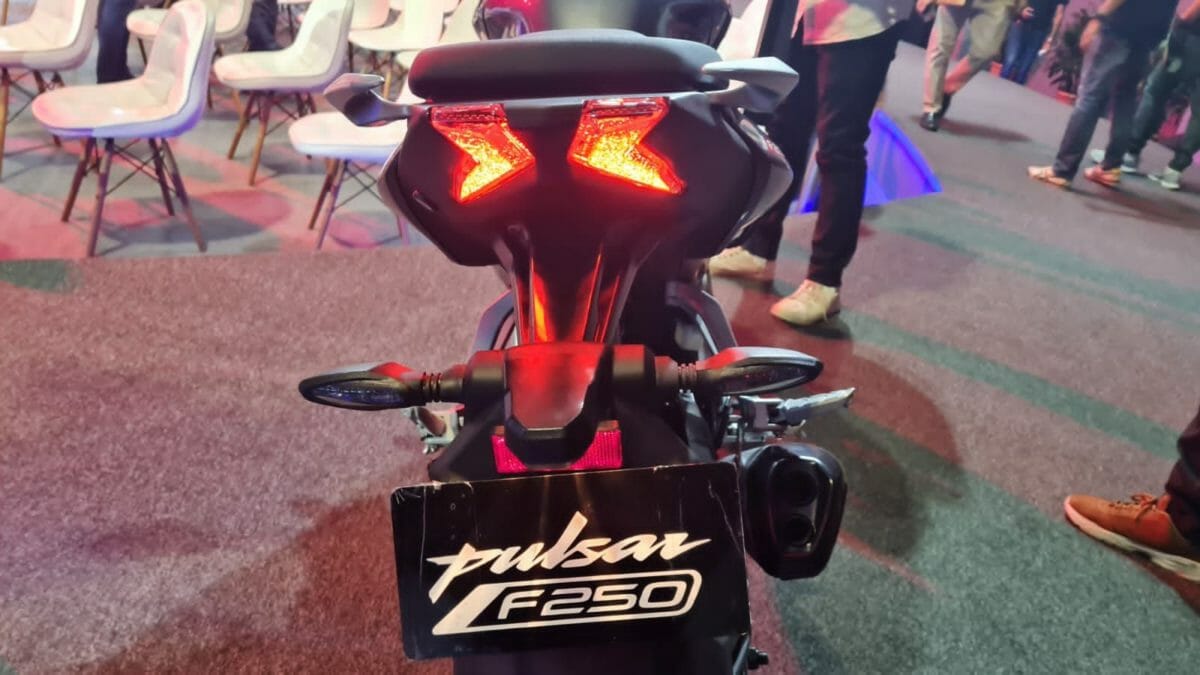
While the RS200 looked a lot busier, the F250 comes out as very uncluttered. Moreover, if you look closely, it looks like a more evolved version of the Pulsar 220F that has garnered a cult status even when it comes to its ageless design. There is one thing for sure though, no one is going to remember the Pulsar 250 twins for their design.
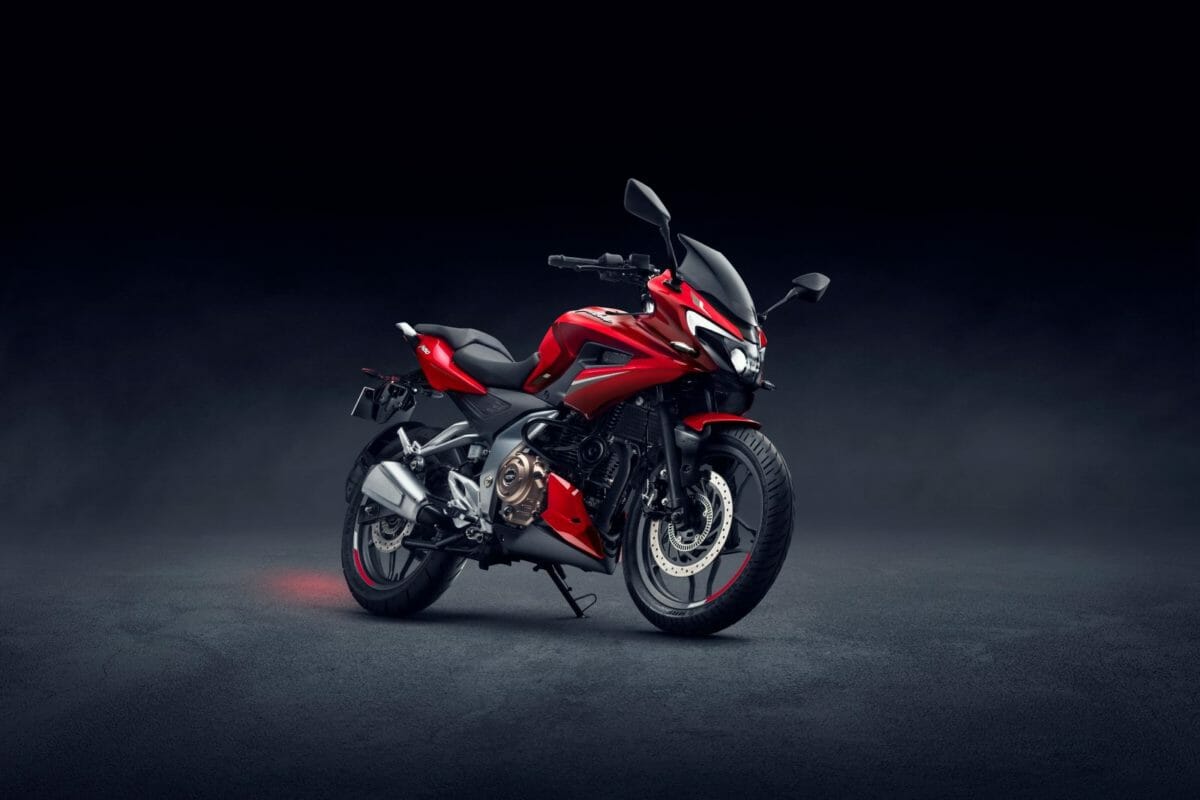
Engine and performance
The Pulsar 250 twins derive power from a new 250cc oil-cooled, single-cylinder, fuel-injected engine. This engine comes mated to a 5-speed constant mesh gearbox with slip and assist function. To keep the costs down, Bajaj ditched the more advance and liquid-cooled motor of the Dominar 250 and that has certainly worked since the Pulsar 250 twins are a lot cheaper than the Dominar.
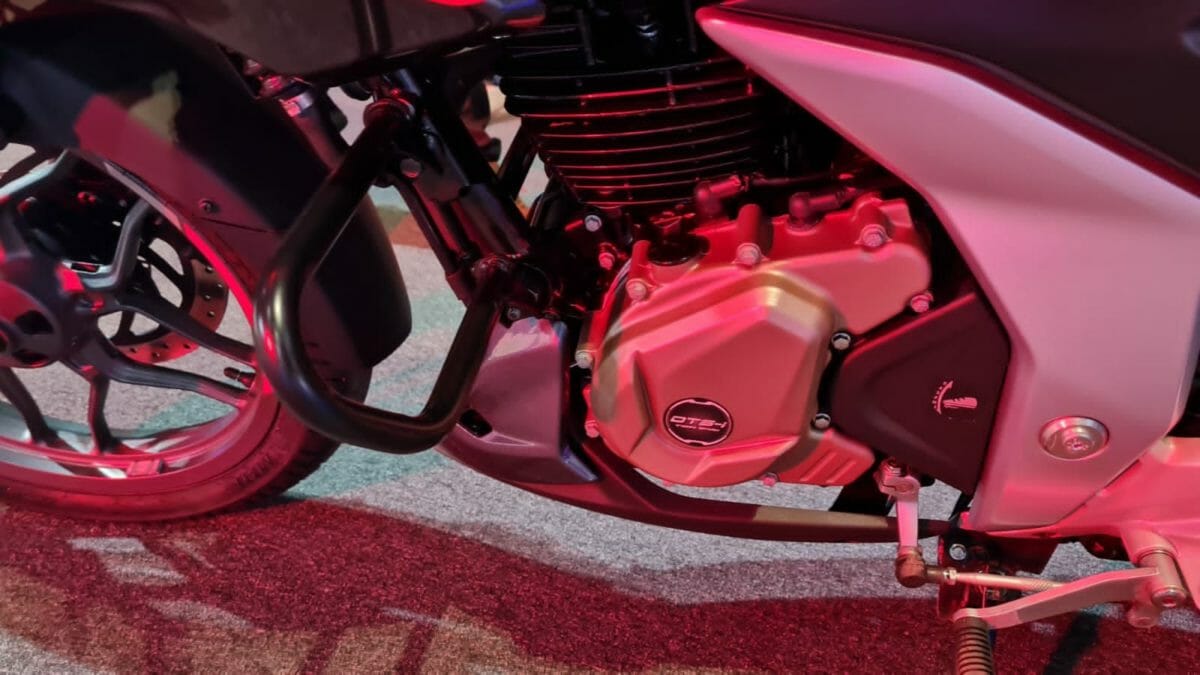
Onwards to the juicier ( not so much ) details, it puts down 24.5 PS of power and 21.5 Nm of torque. We believe that Bajaj should have at least given the Pulsar 250 twins a 6-speed gearbox. However, it remains to be seen how it performs out on the streets and the highways.
Ergonomics
Both the motorcycles are developed to appeal to a wider set of audiences and hence, they don’t boast of an aggressive when it comes to rider ergonomics as well. Even the faired dude out of the two, the F250 makes do with an upright clip-on handlebar while the N250 is equipped with a wide, street-type handlebar.
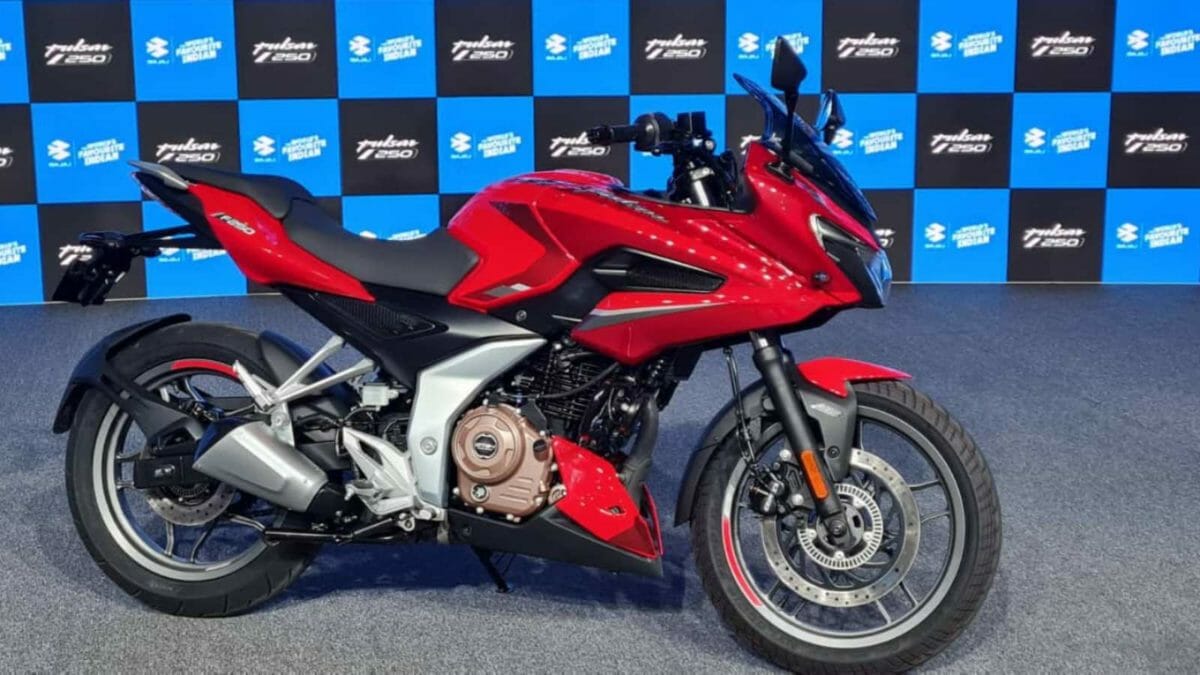
The footpegs aren’t too rear-set and the overall rider’s triangle should prove to be comfy enough to undertake those long highway jaunts.
Suspension and chassis
The newly launched twins are built around a tubular frame. We get to witness Bajaj’s conventional take here as well as it has equipped the Pulsar 250 twins with 37mm telescopic forks upfront and a gas-charged monoshock at the rear.
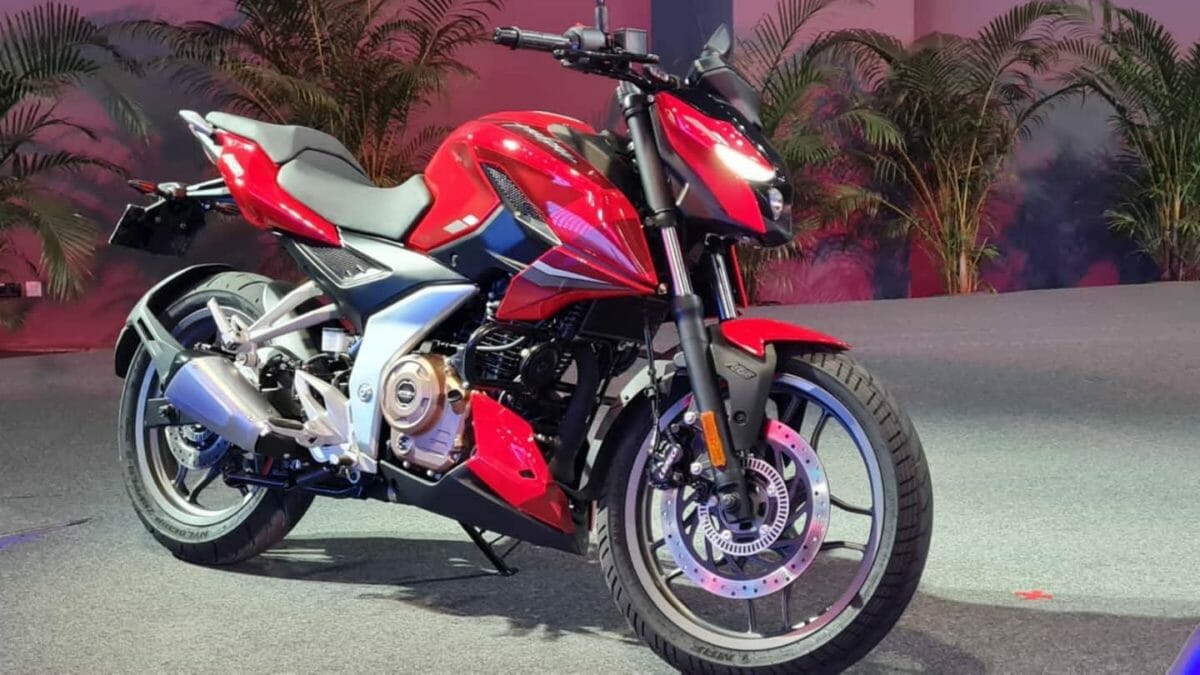
This is the first time that a Pulsar apart from the NS and RS series has received a monoshock setup at the back. As much as we would have liked to see USD forks up front, it would have certainly shot the prices higher up!
Braking
Up front, the Pulsar 250 twins get a 300 mm disc, while at the rear, they get a 230 mm disc. Bajaj’s cost-saving measures make their presence felt even here as well as the twins make do with just single-channel ABS. Moreover, up front, callipers sourced from Grimeca bite on the disc.
Tyres
Both bikes ride on 17-inch alloy wheels with a 100/80 section tyre at the front and a 130/70 section tyre at the rear.
Weight and fuel tank capacity
The new Pulsars have a fuel tank capacity of 14 litres and weigh 162kg for the N250 and 164kg for the F250. They should have a full-tank range of somewhere around 420-450 kilometres.
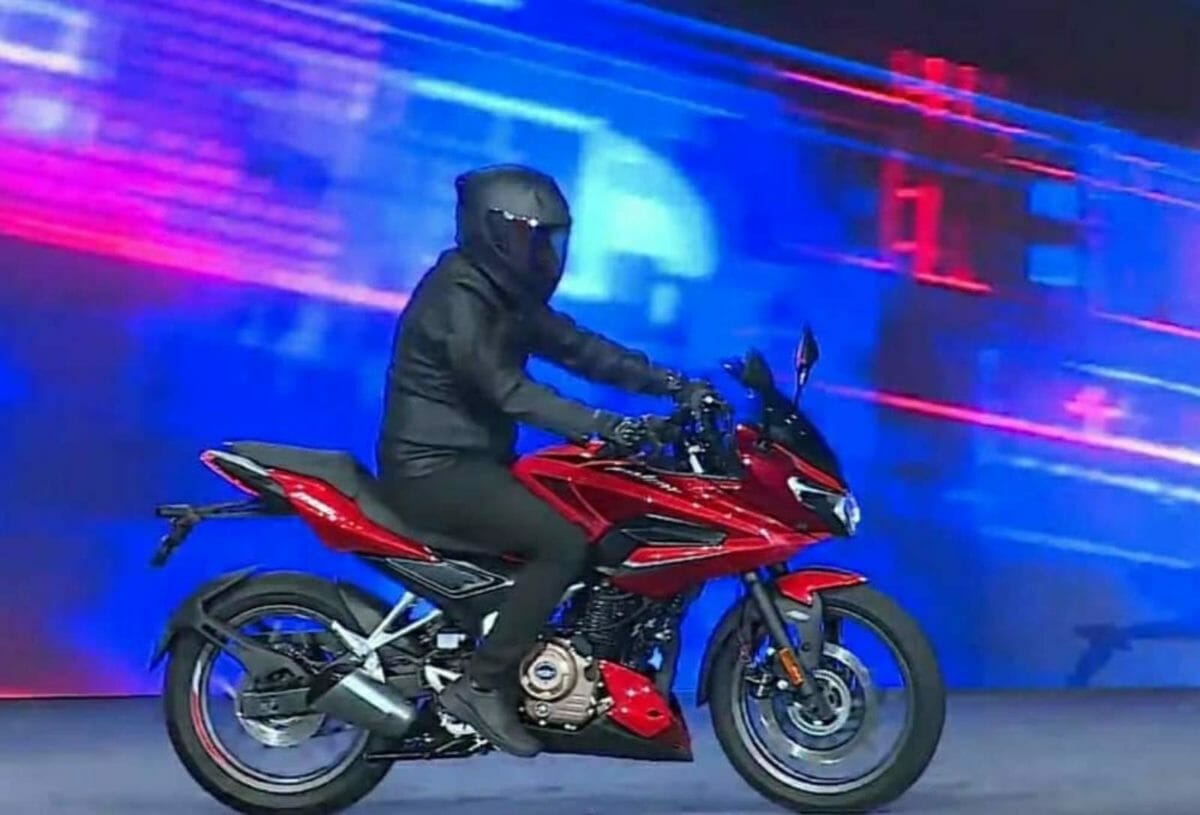
Instrument cluster
Bajaj has introduced a new Infinity Display that has virtually no bezels and shows information like a gear position indicator, distance to empty, clock, fuel efficiency and the standard readouts. The Pulsar 250 twins also get a USB mobile charger that is neatly placed near the tank flap. Sadly, Bluetooth connectivity has been given a miss but if you like things old-school, you are surely going to appreciate the tachometer needle.
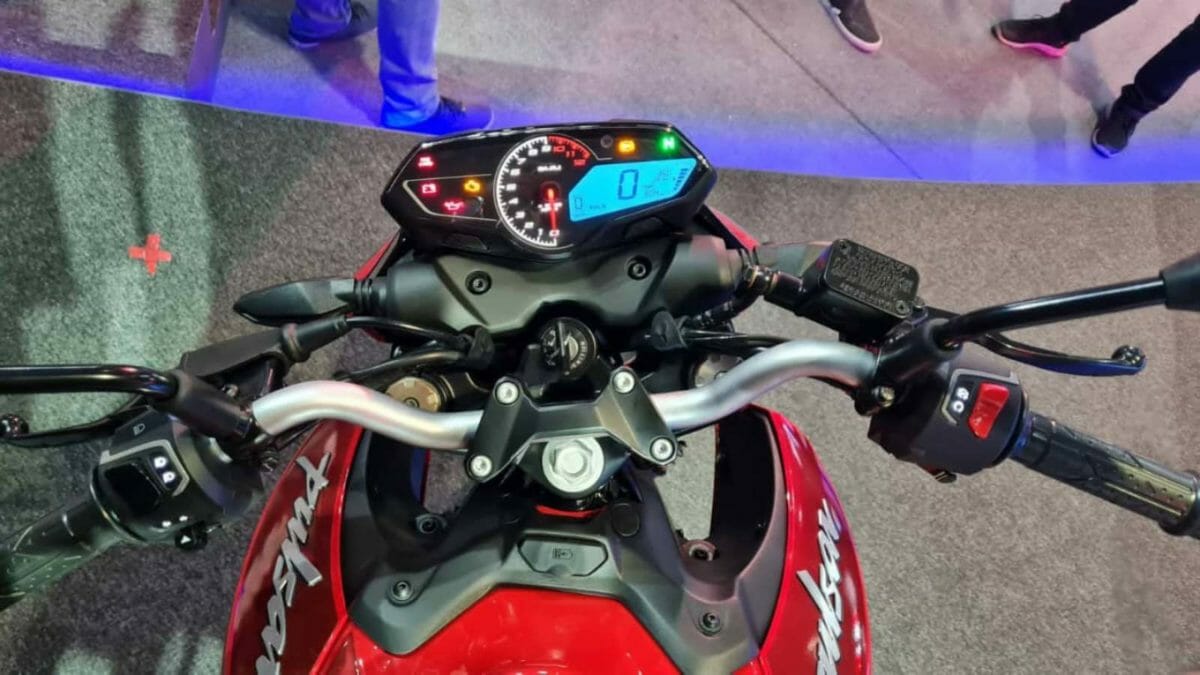
Ground clearance and seat height
The seat height for the Pulsar 250 twins is set at 795 which should make them accessible to even the shorter riders while their 165mm of ground clearance should prove to be just enough to tackle our infamous roads.
